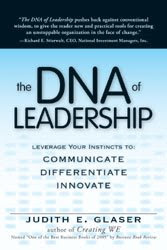Education has been one of the most sensitive subjects of discussion in this country. To most people the level of education one receives will determine the quality of life one would enjoy later. Is this the truth or a myth? No doubt that education is a very important component of a civilized society. It is in fact considered as the most basic rights of a human being. The issue is how do we define or what do we consider as education?
As far as engineering education is concerned it should consist of the various aspects of producing good and wholesome engineers who are very much relevant to the society and civilization. It is not limited to being an engineer who is very good in technical areas like design and analysis but also able to apply and relate to the way of life of the community. For instance, it is of little use to have a beautiful and structurally strong building if the parking lot is not easily accessible to the users. As more engineers become a part of corporate organizations, they need new skills and knowledge on management including marketing, financial, human capital and even on business and economy. Engineers should be able to produce as good management reports, financial analyses and business proposals as design calculations and technical drawings for an iconic building. The question then, is our engineering education system capable of transforming our engineers to be managers and corporate players?
Everybody would have his or her own views on this. The fact is everyone of us especially IEM members has a fair share of responsibility to make this ideal thinking a reality. So often we hear how our graduate engineers are not equipped to enter the job market. Many cited the lack of communication skill and proficiency as the main stumbling block. This is nothing new but can this situation be rectified merely by expressing our shock, dismay and disappointment? Has anything been changed in the way of engineering education to change the end products? Can the engineers in the academic world who are directly involved with engineering students not seeing this and take the necessary action? Can the engineering corporations not doing something substantive to ensure their corporations are sustainable?











